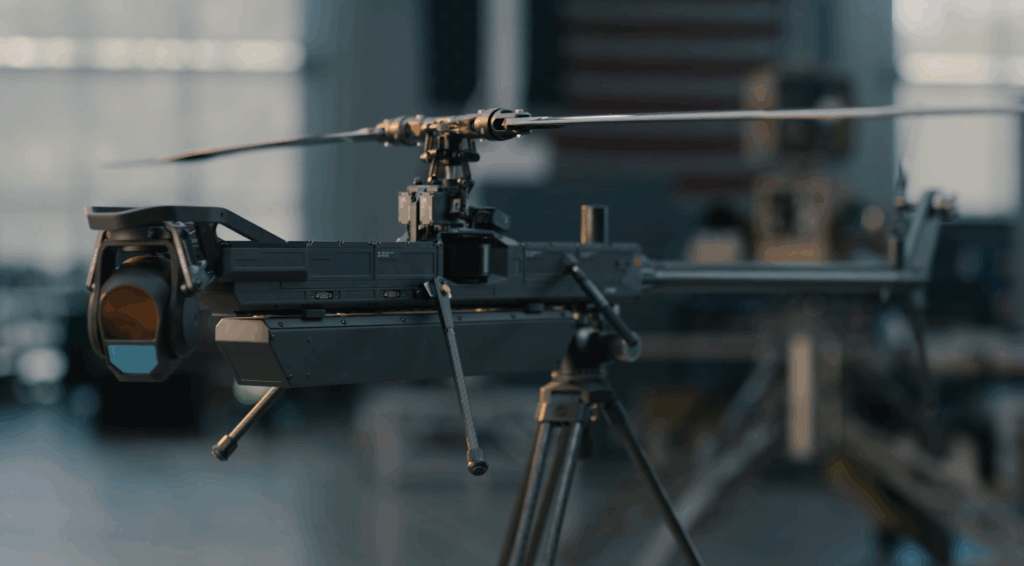DoD, Partners Demonstrate Beyond Line-Of-Sight Drone Cargo Flights In National Airspace


SkyWays logistics drones on the deck of a Navy ship. (Photo: SkyWays)
A Defense Department development program to demonstrate uncrewed aerial logistics beyond visual line-of-sight (BVLOS) in the national airspace has resulted in a series of successful flights, an important milestone for potentially making these types of operations routine in the U.S.
Sen. John Hoeven (R-N.D.), a champion testing and developing unmanned aircraft systems in his home state, last Friday announced the success of Project ULTRA at the GrandSKY UAS Flight Operations Center located at Grand Forks AFB, N.D.
As of July 18, five successful round-trip flights from the operations center to Cavalier Space Force Station 60 miles south had been completed, with each remotely operated takeoff, flight, and landing, including a payload exchange at both ends, Thomas Swoyer, president and CEO of GrandSKY, told sister publication Defense Daily in a phone interview that morning. The goal under Task Order 2 of the project is 10 flights by July 25, he said, adding they will conduct more flights if possible.
The flights use an unmanned aircraft system supplied by SkyWays, an Austin, Texas-based company that has been developing its platform for ship-to-ship and ship-to-shore logistics. The aircraft can operate in light rain but heavier rain has limited the ability to fly at times, he said. The aircraft can also handle winds up to about 20 knots, he said.
Flight operations are occurring between 3,000 and 3,400 feet above ground level over farmland between GrandSKY’s facilities and Cavalier.
Project ULTRA has gone through the approval processes for the Federal Aviation Administration to be able to do the BVLOS operations. Swoyer said a ground-based sense-and-avoid system that is based on the Air Force’s local radar allows operators to “see that aircraft easily 60 miles out from our takeoff point, and that’s how we maintain separation and maintain safe flight.”
The current payload packages are in the 25- to 35-pound range with the goal to eventually get to the 50- to 100-pound range, he said.
Once the current round of flights is done, there will be a lot of report writing and data analysis, Swoyer said. He hopes that by the end of 2025 a third task order will be issued. If so, the goal is to streamline operations so the 20 to 25 people currently involved in flight processing can eventually be narrowed too far fewer.
“Twenty people on the flight op is not efficient, so we have to get this down to an economically and technically efficient process,” he said.
The DoD Acquisition and Sustainment Office is funding Project ULTRA.
A version of this story originally appeared in affiliate publication Defense Daily.
The post DoD, Partners Demonstrate Beyond Line-Of-Sight Drone Cargo Flights In National Airspace appeared first on Avionics International.
—————
Boost Internet Speed–
Free Business Hosting–
Free Email Account–
Dropcatch–
Free Secure Email–
Secure Email–
Cheap VOIP Calls–
Free Hosting–
Boost Inflight Wifi–
Premium Domains–
Free Domains














